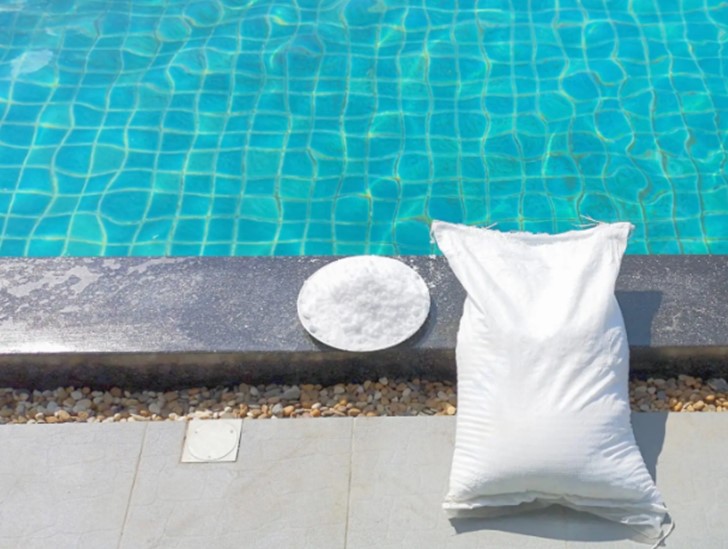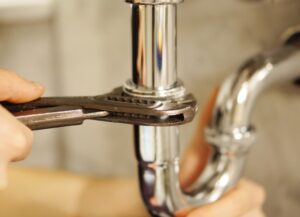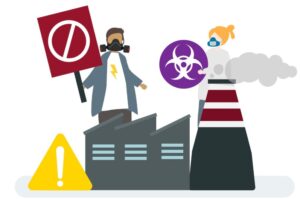
Swimming pools are synonymous with relaxation and recreation, offering a refreshing escape from the heat. However, behind the scenes, maintaining a pool in pristine condition requires a delicate balance of chemicals to ensure a safe and enjoyable swimming environment. In this complete guide, we’ll delve into the importance of balancing pool chemicals and provide practical tips for achieving crystal-clear, healthy water. For additional information regarding pool cleaning reach out to Pool Cleaning Service Tampa FL.
The Significance of Chemical Balance
Ensuring Swimmer Comfort
A well-balanced pool is not only visually appealing but also contributes to the comfort of those taking a dip. Improper chemical levels can lead to skin and eye irritation, affecting the overall enjoyment of the swimming experience.
Preventing Waterborne Illnesses
Balancing pool chemicals is a critical step in preventing the growth of harmful bacteria and pathogens. Waterborne illnesses can quickly ruin the fun and pose serious health risks to swimmers. Maintaining the right chemical balance acts as a powerful defense against these potential threats.
Key Chemical Parameters
pH Levels: The Foundation of Balance
The pH level of pool water is a key factor in determining its acidity or alkalinity. Ideally, the pH should be maintained between 7.2 and 7.8. A lower pH can cause corrosion of pool equipment and discomfort to swimmers, while a higher pH can lead to cloudy water and reduced effectiveness of sanitizers.
Chlorine as the Guardian of Cleanliness
Chlorine plays a pivotal role in disinfecting pool water and eliminating bacteria and algae. However, maintaining the right chlorine level is crucial. A chlorine level between 1.0 and 3.0 parts per million (ppm) ensures effective sanitization without causing irritation to swimmers.
Alkalinity
Total Alkalinity acts as a buffer to prevent rapid fluctuations in pH levels. Ideally, it should be maintained between 80 and 120 ppm. Proper alkalinity stabilizes the water chemistry, enhancing the effectiveness of other chemicals and preventing pH swings.
Protecting Pool Surfaces from Calcium Hardness
The amount of calcium ions present in the water is referred to as its calcium hardness. Maintaining levels between 200 and 400 ppm helps prevent the water from becoming too aggressive, which could lead to the deterioration of pool surfaces and equipment.
Testing and Adjusting Chemical Levels
Regular Testing
Frequent testing is the cornerstone of effective pool maintenance. Invest in a reliable water testing kit and check the chemical levels at least twice weekly. This routine allows for timely adjustments and prevents issues from escalating.
Adjusting pH Levels
Use a pH decrease to lower pH, often based on muriatic acid. To raise pH, employ a pH increaser or sodium carbonate. Follow product instructions carefully and make gradual adjustments to avoid overcorrection.
Balancing Alkalinity
If the alkalinity is too low, use an alkalinity increaser, typically sodium bicarbonate. Conversely, if it’s too high, a pH decrease can bring it back into the recommended range.
Managing Calcium Hardness
To increase calcium hardness, calcium chloride can be added. On the other hand, dilution with fresh water is the solution for excessively high calcium hardness.
Conclusion
Achieving and maintaining the right chemical balance in your pool is not just a matter of aesthetics; it’s a fundamental aspect of creating a safe and enjoyable swimming environment. Regular testing, careful adjustments, and preventive measures are the keys to a crystal-clear pool that beckons swimmers for a healthy and refreshing dip. By embracing these practices, pool owners can ensure that their aquatic oasis remains a source of joy and relaxation for years.




